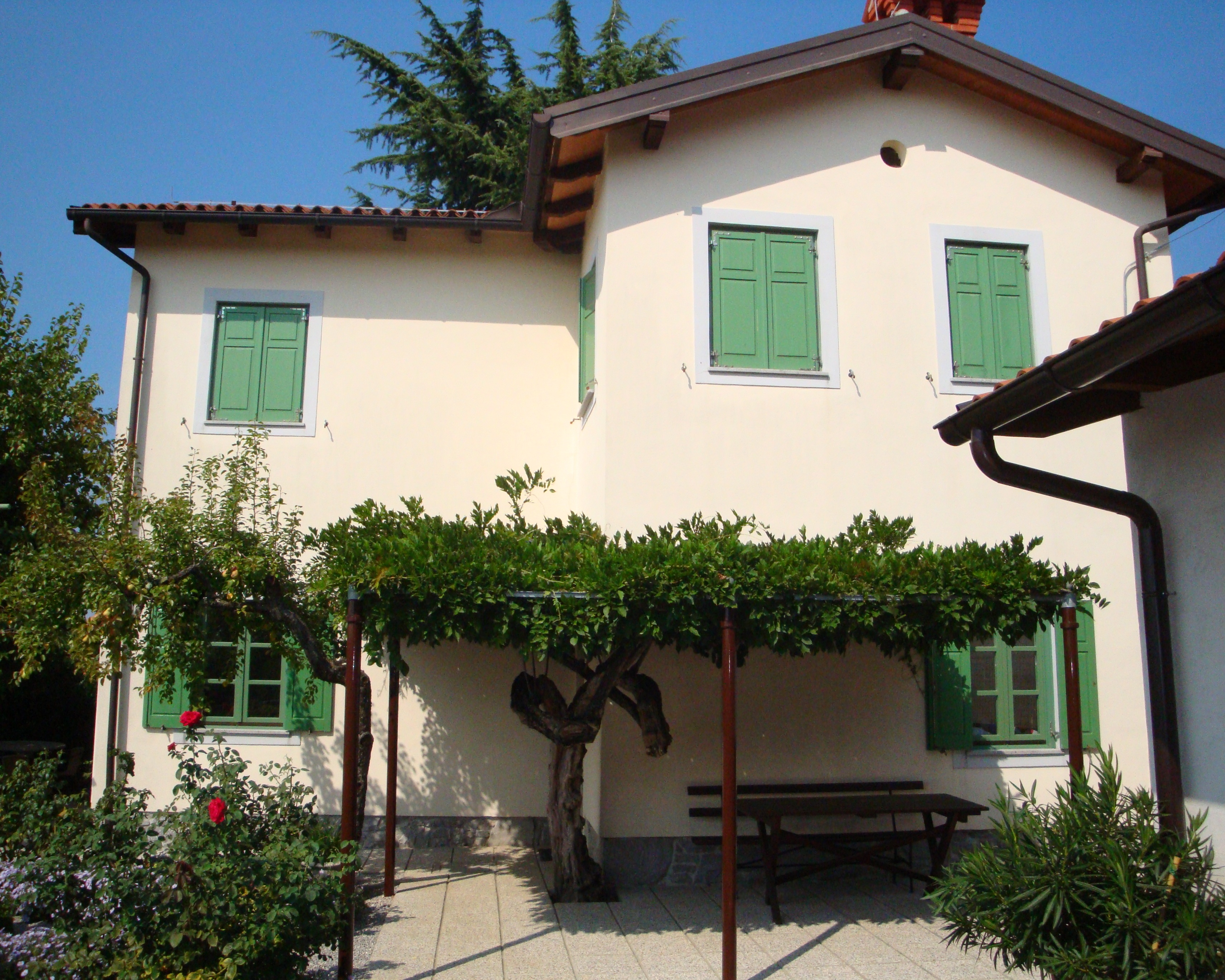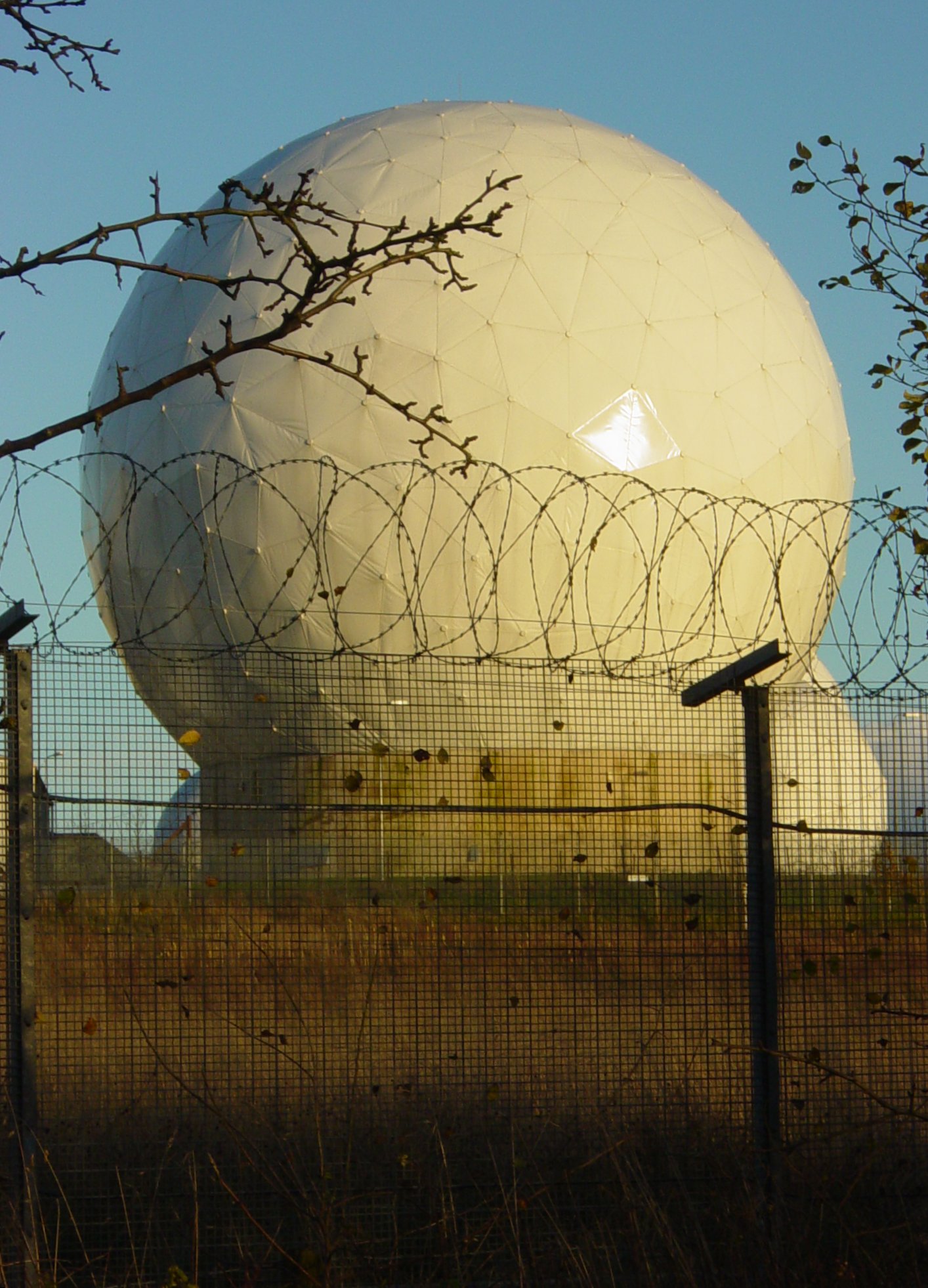|
Jaka Železnikar , Slovenia ...
Jaka Železnikar (born 1971) is a Slovenian artist known for his computational poetry and internet art. The base of his work is a nonlinear language-based expression combined with visual art. Since 1997 he has been part of the net art community, and since 2004 he has created several expressive add-ons for the Firefox browser. Life Železnikar was born in 1971 in Ljubljana, Slovenia. Work His works are mostly bilingual ( Slovene and English). Železnikar has created about 25 net art works. Notable works include Interactivalia, a 1997 interactive poetry work in Solvenian and English and "Ascii Kosovel", mix of nonlinear poetic interactive or computational narratives based on a work by Srečko Kosovel Srečko Kosovel () (18 March 1904 – 26 May 1926) was a Slovenian poet, now considered one of central Europe's major modernist poets. [...More Info...] [...Related Items...] OR: [Wikipedia] [Google] [Baidu] |
Jaka Železnikar , Slovenia ...
Jaka Železnikar (born 1971) is a Slovenian artist known for his computational poetry and internet art. The base of his work is a nonlinear language-based expression combined with visual art. Since 1997 he has been part of the net art community, and since 2004 he has created several expressive add-ons for the Firefox browser. Life Železnikar was born in 1971 in Ljubljana, Slovenia. Work His works are mostly bilingual ( Slovene and English). Železnikar has created about 25 net art works. Notable works include Interactivalia, a 1997 interactive poetry work in Solvenian and English and "Ascii Kosovel", mix of nonlinear poetic interactive or computational narratives based on a work by Srečko Kosovel Srečko Kosovel () (18 March 1904 – 26 May 1926) was a Slovenian poet, now considered one of central Europe's major modernist poets. [...More Info...] [...Related Items...] OR: [Wikipedia] [Google] [Baidu] |
Digital Poetry
Digital poetry is a form of electronic literature, displaying a wide range of approaches to poetry, with a prominent and crucial use of computers. Digital poetry can be available in form of CD-ROM, DVD, as installations in art galleries, in certain cases also recorded as digital video or films, as digital holograms, on the World Wide Web or Internet, and as mobile phone apps. A significant portion of current publications of poetry are available either only online or via some combination of online and offline publication. There are many types of 'digital poetry' such as hypertext, kinetic poetry, computer generated animation, digital visual poetry, interactive poetry, code poetry, holographic poetry (holopoetry), experimental video poetry, and poetries that take advantage of the programmable nature of the computer to create works that are interactive, or use generative or combinatorial approach to create text (or one of its states), or involve sound poetry, or take advantage of ... [...More Info...] [...Related Items...] OR: [Wikipedia] [Google] [Baidu] |
Internet Art
upright=1.3, "Simple Net Art Diagram", a 1997 work by Michael Sarff and Tim Whidden Internet art (also known as net art) is a form of new media art distributed via the Internet. This form of art circumvents the traditional dominance of the physical gallery and museum system. In many cases, the viewer is drawn into some kind of interaction with the work of art. Artists working in this manner are sometimes referred to as net artists. Net artists may use specific social or cultural internet traditions to produce their art outside of the technical structure of the internet. Internet art is often — but not always — interactive, participatory, and multimedia-based. Internet art can be used to spread a message, either political or social, using human interactions. The term ''Internet art'' typically does not refer to art that has been simply digitized and uploaded to be viewable over the Internet, such as in an online gallery. Rather, this genre relies intrinsically on the Interne ... [...More Info...] [...Related Items...] OR: [Wikipedia] [Google] [Baidu] |
Firefox
Mozilla Firefox, or simply Firefox, is a free and open-source web browser developed by the Mozilla Foundation and its subsidiary, the Mozilla Corporation. It uses the Gecko rendering engine to display web pages, which implements current and anticipated web standards. In November 2017, Firefox began incorporating new technology under the code name "Quantum" to promote parallelism and a more intuitive user interface. Firefox is available for Windows 7 and later versions, macOS, and Linux. Its unofficial ports are available for various Unix and Unix-like operating systems, including FreeBSD, OpenBSD, NetBSD, illumos, and Solaris Unix. It is also available for Android and iOS. However, as with all other iOS web browsers, the iOS version uses the WebKit layout engine instead of Gecko due to platform requirements. An optimized version is also available on the Amazon Fire TV as one of the two main browsers available with Amazon's Silk Browser. Firefox was created in 2002 under ... [...More Info...] [...Related Items...] OR: [Wikipedia] [Google] [Baidu] |
Ljubljana
Ljubljana (also known by other historical names) is the capital and largest city of Slovenia. It is the country's cultural, educational, economic, political and administrative center. During antiquity, a Roman city called Emona stood in the area. Ljubljana itself was first mentioned in the first half of the 12th century. Situated at the middle of a trade route between the northern Adriatic Sea and the Danube region, it was the historical capital of Carniola, one of the Slovene-inhabited parts of the Habsburg monarchy. It was under Habsburg rule from the Middle Ages until the dissolution of the Austro-Hungarian Empire in 1918. After World War II, Ljubljana became the capital of the Socialist Republic of Slovenia, part of the Socialist Federal Republic of Yugoslavia. The city retained this status until Slovenia became independent in 1991 and Ljubljana became the capital of the newly formed state. Name The origin of the name ''Ljubljana'' is unclear. In the Middle Ages, both ... [...More Info...] [...Related Items...] OR: [Wikipedia] [Google] [Baidu] |
Bilingual
Multilingualism is the use of more than one language, either by an individual speaker or by a group of speakers. It is believed that multilingual speakers outnumber monolingual speakers in the world's population. More than half of all Europeans claim to speak at least one language other than their mother tongue; but many read and write in one language. Multilingualism is advantageous for people wanting to participate in trade, globalization and cultural openness. Owing to the ease of access to information facilitated by the Internet, individuals' exposure to multiple languages has become increasingly possible. People who speak several languages are also called polyglots. Multilingual speakers have acquired and maintained at least one language during childhood, the so-called first language (L1). The first language (sometimes also referred to as the mother tongue) is usually acquired without formal education, by mechanisms about which scholars disagree. Children acquirin ... [...More Info...] [...Related Items...] OR: [Wikipedia] [Google] [Baidu] |
Slovenian Language
Slovene ( or ), or alternatively Slovenian (; or ), is a South Slavic language, a sub-branch that is part of the Balto-Slavic branch of the Indo-European language family. It is spoken by about 2.5 million speakers worldwide (excluding speakers of Kajkavian), mainly ethnic Slovenes, the majority of whom live in Slovenia, where it is the sole official language. As Slovenia is part of the European Union, Slovene is also one of its 24 official and working languages. Standard Slovene Standard Slovene is the national standard language that was formed in the 18th and 19th century, based on Upper and Lower Carniolan dialect groups, more specifically on language of Ljubljana and its adjacent areas. The Lower Carniolan dialect group was the dialect used in the 16th century by Primož Trubar for his writings, while he also used Slovene as spoken in Ljubljana, since he lived in the city for more than 20 years. It was the speech of Ljubljana that Trubar took as a foundation of what lat ... [...More Info...] [...Related Items...] OR: [Wikipedia] [Google] [Baidu] |
English Language
English is a West Germanic language of the Indo-European language family, with its earliest forms spoken by the inhabitants of early medieval England. It is named after the Angles, one of the ancient Germanic peoples that migrated to the island of Great Britain. Existing on a dialect continuum with Scots, and then closest related to the Low Saxon and Frisian languages, English is genealogically West Germanic. However, its vocabulary is also distinctively influenced by dialects of France (about 29% of Modern English words) and Latin (also about 29%), plus some grammar and a small amount of core vocabulary influenced by Old Norse (a North Germanic language). Speakers of English are called Anglophones. The earliest forms of English, collectively known as Old English, evolved from a group of West Germanic (Ingvaeonic) dialects brought to Great Britain by Anglo-Saxon settlers in the 5th century and further mutated by Norse-speaking Viking settlers starting in the 8th and 9th ... [...More Info...] [...Related Items...] OR: [Wikipedia] [Google] [Baidu] |
Srečko Kosovel
Srečko Kosovel () (18 March 1904 – 26 May 1926) was a Slovenian poet, now considered one of central Europe's major modernist poets.A bi-lingual feature on the Slovenian poet Srečko Kosovel ''Poetica'' radio series, 3 August 2013, He was labeled an impressionistic poet of his native Karst region, a political poet resisting forced |
ECHELON
ECHELON, originally a secret government code name, is a surveillance program (signals intelligence/SIGINT collection and analysis network) operated by the five signatory states to the UKUSA Security Agreement:Given the 5 dialects that use the terms, UKUSA can be pronounced from "You-Q-SA" to "Oo-Coo-SA", AUSCANNZUKUS can be pronounced from "Oz-Can-Zuke-Us" to "Orse-Can-Zoo-Cuss". :From Talk:UKUSA Agreement: "Per documents officially released by both the Government Communications Headquarters and the National Security Agency, this agreement is referred to as the UKUSA Agreement. This name is subsequently used by media sources reporting on the story, as written in new references used for the article. The NSA press release provides a pronunciation guide, indicating that "UKUSA" should not be read as two separate entities.(National Security Agency)" Australia, Canada, New Zealand, the United Kingdom and the United States, also known as the Five Eyes. Created in the late 1960s ... [...More Info...] [...Related Items...] OR: [Wikipedia] [Google] [Baidu] |
1971 Births
* The year 1971 had three partial solar eclipses ( February 25, July 22 and August 20) and two total lunar eclipses (February 10, and August 6). The world population increased by 2.1% this year, the highest increase in history. Events January * January 2 – 66 people are killed and over 200 injured during a crush in Glasgow, Scotland. * January 5 – The first ever One Day International cricket match is played between Australia and England at the Melbourne Cricket Ground. * January 8 – Tupamaros kidnap Geoffrey Jackson, British ambassador to Uruguay, in Montevideo, keeping him captive until September. * January 9 – Uruguayan president Jorge Pacheco Areco demands emergency powers for 90 days due to kidnappings, and receives them the next day. * January 12 – The landmark United States television sitcom ''All in the Family'', starring Carroll O'Connor as Archie Bunker, debuts on CBS. * January 14 – Seventy Brazilian political prisoners ar ... [...More Info...] [...Related Items...] OR: [Wikipedia] [Google] [Baidu] |
Living People
Related categories * :Year of birth missing (living people) / :Year of birth unknown * :Date of birth missing (living people) / :Date of birth unknown * :Place of birth missing (living people) / :Place of birth unknown * :Year of death missing / :Year of death unknown * :Date of death missing / :Date of death unknown * :Place of death missing / :Place of death unknown * :Missing middle or first names See also * :Dead people * :Template:L, which generates this category or death years, and birth year and sort keys. : {{DEFAULTSORT:Living people 21st-century people People by status ... [...More Info...] [...Related Items...] OR: [Wikipedia] [Google] [Baidu] |









